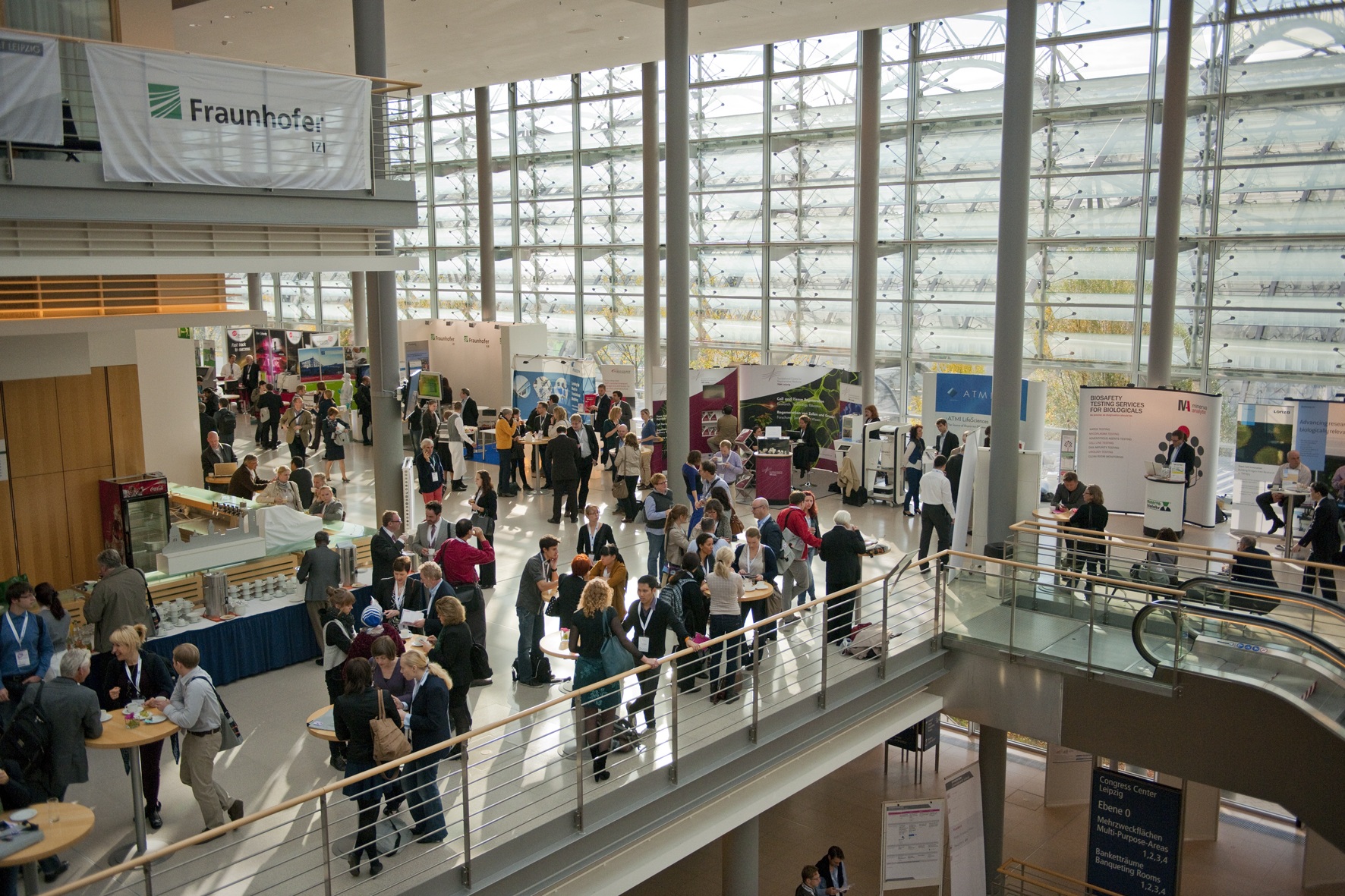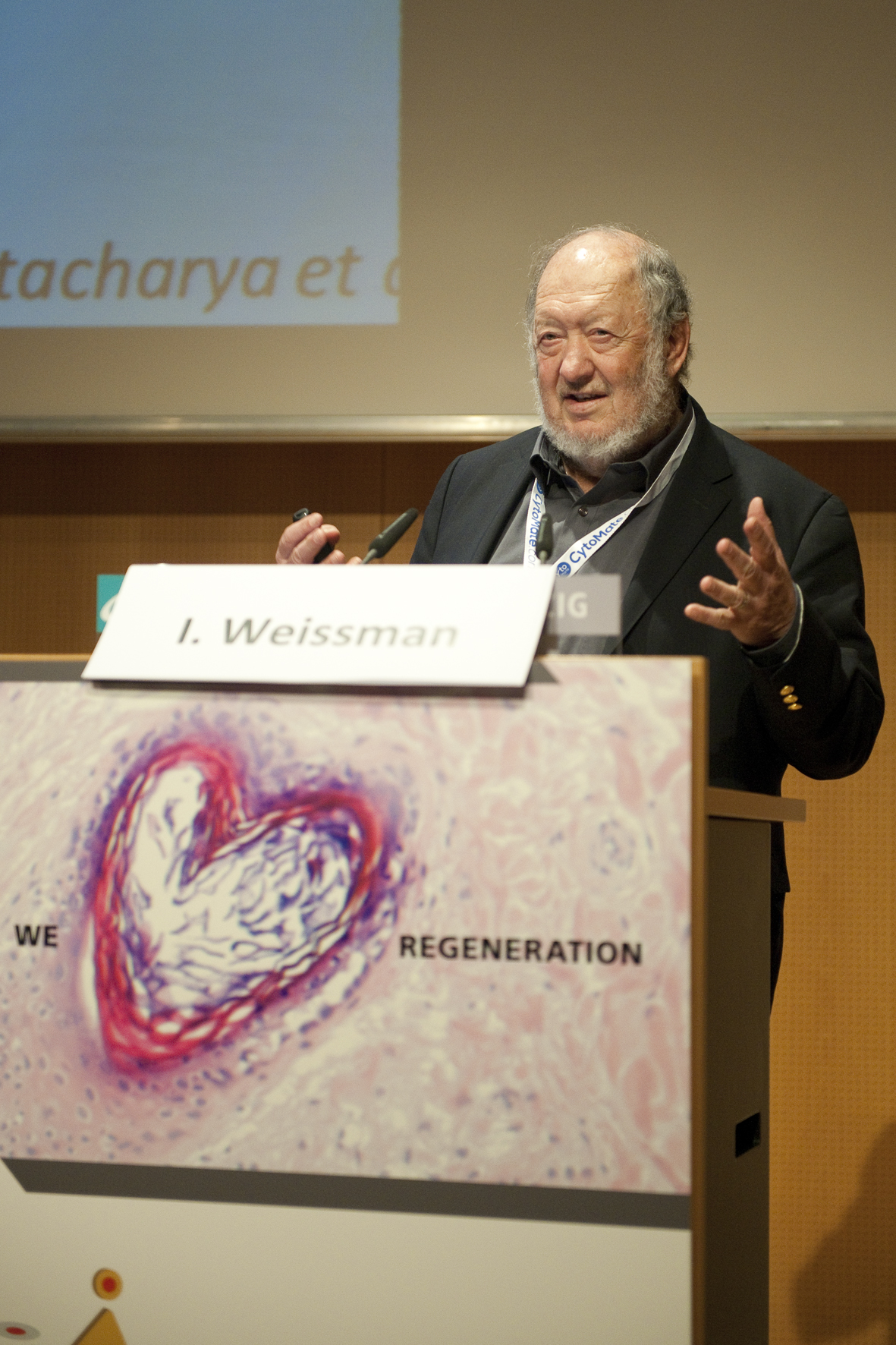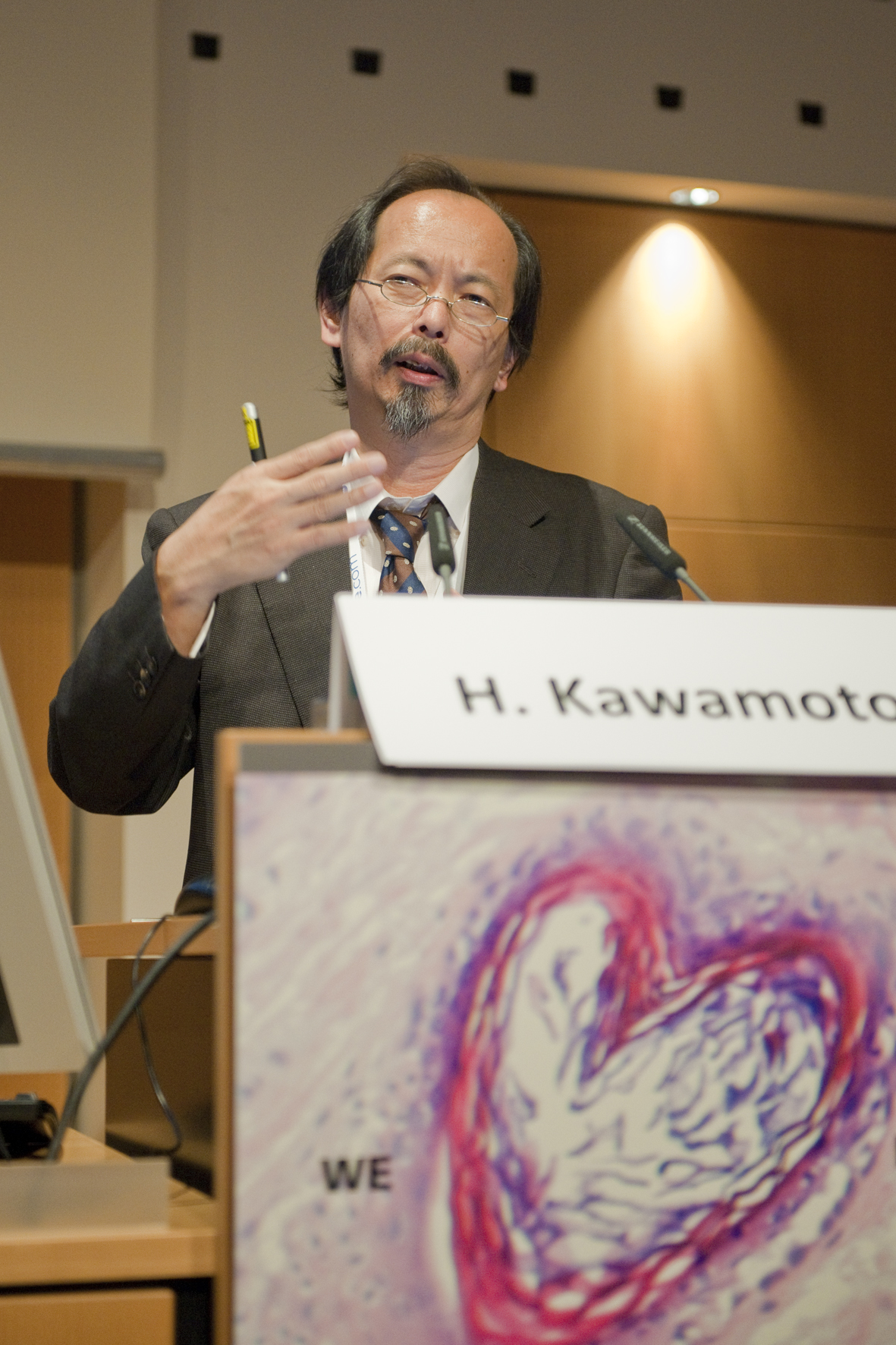Around 1000 leading scientists discussed latest research findings at the World Conference on Regenerative Medicine
Over 1000 participants from approximately 53 countries attended the World Conference on Regenerative Medicine, which took place from October 23–25, 2013 at the Congress Center in Leipzig. Renowned scientists addressed topics such as stem cell research, cel l therapy, biomaterials and tissue engineering in over 500 subject-relevant talks.



“When viewed as a research discipline, the field of regenerative medicine is highly interdisciplinary as it combines approaches taken in cell biology, biotechnology and pharmacology with medical engineering and materials sciences. This makes conferences such as the World Conference on Regenerative Medicine even more valuable: Events where scientists have the opportunity to network with each other. Only by this means can the enormous demands and hopes linked to this field of research be met”, stressed Conference President Professor Emmrich.
Professor Jürgen Hescheler, University of Cologne, presented his research work on the development of toxicity models based on human embryonic stem cells as part of the opening event last Wednesday. The German stem cell researcher explained that preclinical studies alone do not allow reliable conclusions to be drawn on subsequent allergic reactions in humans. In contrast, toxicological analyses of human embryonic-like cells are able to deliver reliable assertions on the safety of substances. A classic example is the active agent thalidomide found in the drug which used to be sold under the name Contergan in Germany: The active agent leads to severe defects in human embryonic development which are not present in animal testing.
American stem cell pioneer Professor Irving Weissman, University of Stanford (USA), presented his research work on cancer treatment. The researcher and his colleagues managed to isolate so-called cancer stem cells, for example in leukaemia. These extremely malignant cells produce large numbers of tumour cells and often remain undetected in the body following chemotherapy. Weissman's team was recently able to reveal that both cancer cells and cancer stem cells use a specific protein to defend themselves from being detected and destroyed by immune cells. The US scientist demonstrated how this mechanism, named phagocytosis, can be therapeutically inhibited.
Japanese Professor Hiroshi Kawamoto from the Riken Research Center in Yokohama is also looking to establish new types of cancer treatment. In his talk he explained how, with the aid of adoptive immunotherapy, tumour cells could be specifically detected and destroyed. As part of this research, scientists used iPS technology to first “regenerate” cytotoxic T cells into stem cells, and to then differentiate them into T cells once more. These cells were considerably more durable than the starting material, yet featured the same receptors required to detect cancer cells on their surface. The approach, however, is still at an early stage of development.
Professor Heike Walles from the University of Würzburg is currently developing procedures to cultivate different types of tissue using human cells produced naturally in the body. These can be used in transplantation medicine as well as in tests on medicines and in cancer research. Her latest research focuses on the development of vascularised and therefore remedial tissue for meniscus replacement using an innovative biomatrix. In order to guarantee the functionality of the cells in vitro, culture conditions have to be created which are similar to the natural microenvironment of cells in the body. In doing this, the co-culture with other types of cells and the provision of a suitable matrix are both greatly significant.
Besides the top-class scientific contributions, Professor Emmrich was also delighted with the large number of industry representatives exhibiting at the conference. “This gives us an indication of the growing interest from industrial players in the developments being made in regenerative medicine and in the transfer of such developments into clinical and industrial settings.”
The event was organised by the Fraunhofer Institute for Cell Therapy and Immunology IZI and by the Translational Centre for Regenerative Medicine (TRM) at the University of Leipzig. The next World Conference on Regenerative Medicine will be held in Leipzig from October 21–23, 2015.
Please visit www.wcrm-leipzig.com for more information